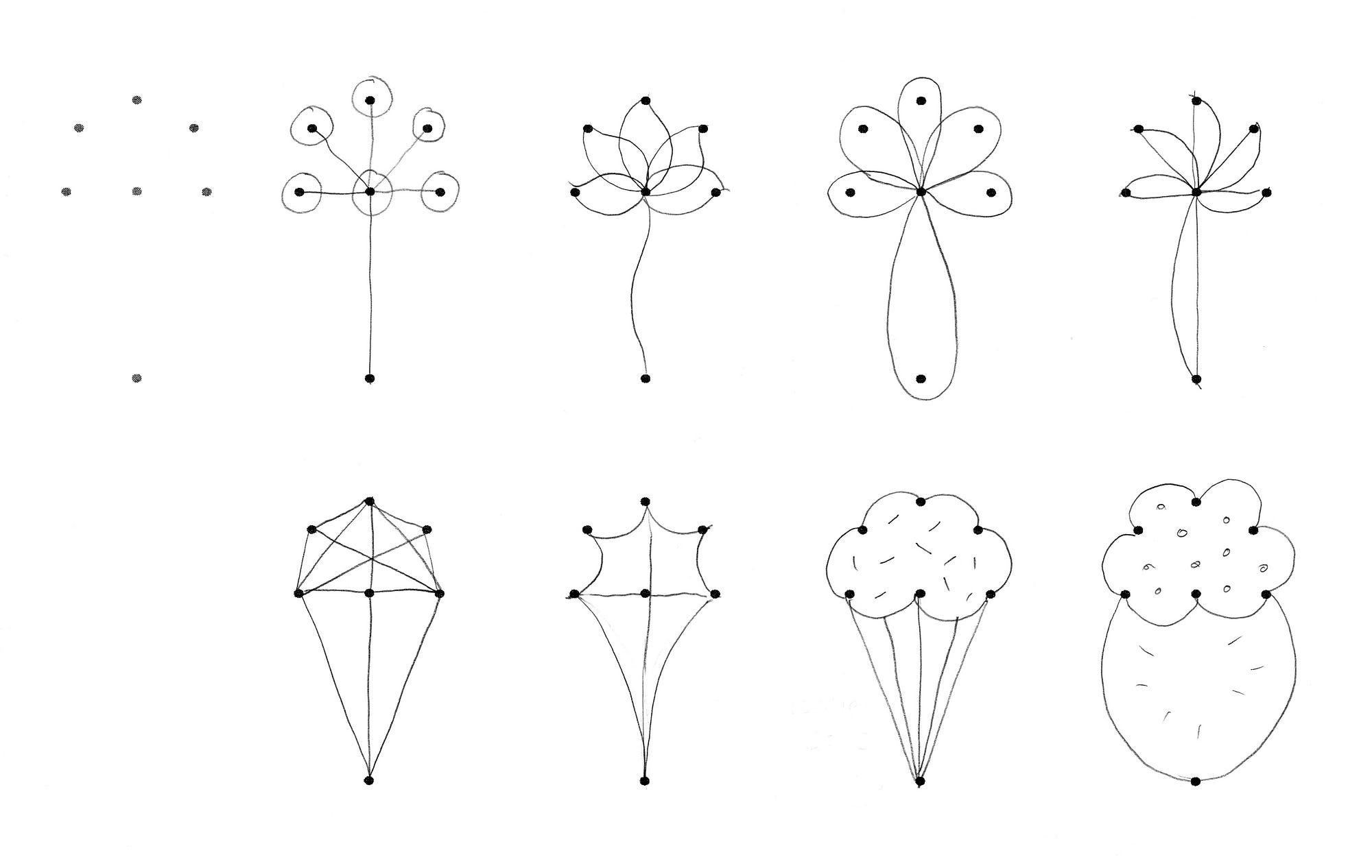I recently spent some time with Link Flow and found it to be a surprisingly enjoyable puzzle game that blends calm aesthetics with real mental challenge. From the moment I opened it, I appreciated the minimalist design: clean backgrounds, crisp lines, and no unnecessary clutter, which immediately sets the mood for relaxed but focused play. The core loop is simple yet satisfying — connect matching dots by drawing continuous lines without crossings, re-creating the pattern shown. What started as a short diversion turned into several rounds as I kept returning to beat my previous level.
One feature I particularly enjoyed is how the game eases you into more complex patterns. Early levels allow you to draw straightforward connections between pairs, but as you progress, the layouts become more intricate, requiring you to plan ahead and avoid blocking your own future paths. I found that I had to pause for a moment and visualise the best route before drawing any lines, which made the “aha” moments feel earned. Each successful level gave a small surge of satisfaction. The clues embedded in the shapes and colours help, yet you still need spatial reasoning and logic to complete harder puzzles.
The game’s practicality for casual play impressed me. Because it’s browser-based and lightweight, I used it as a break between tasks—even a five-minute session felt worthwhile. I appreciated that it doesn’t demand heavy reflexes or long commitment; you can hop in, solve a puzzle, and feel good about it. Conversely, when I did have more time, I dove deeper, attempting to optimise routes and minimise mistakes. The balance between quick access and deeper engagement makes it versatile: whether you’re seeking a brief mental reset or a longer puzzle session, Link Flow adapts well.
In real use, I discovered a few helpful tactics that improved my success rate. One: start by identifying the pairs that are farthest apart or have the fewest alternative paths, so you don’t get trapped later. Two: work from the outer edges inward, which often prevents blocking central routes. Three: if you make a mistake, resetting and re-observing the entire pattern before redrawing lines usually pays off more than just rushing again. These small strategies made the difference between a quick failure and a satisfying complete run.
If you enjoy games that combine relaxing aesthetics with logic-based challenge then Link Flow is a strong pick. It doesn’t rely on flashy effects or chaotic mechanics — instead it invites you to think, draw, and solve at your own pace. I found it to be one of those rare titles that’s both low-pressure and intellectually engaging, and I expect to revisit it whenever I want a quietly rewarding puzzle fix.
link-flow




Top comments (0)